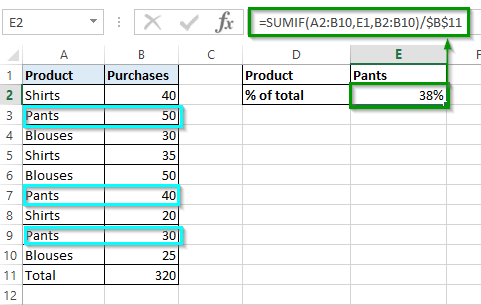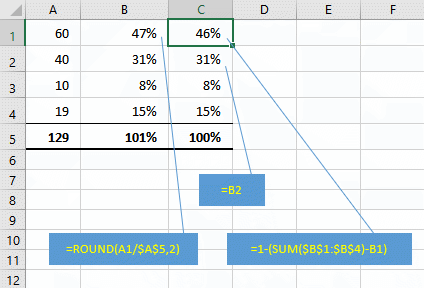

The floor function is used to eliminate fractions. It is calculated by dividing the initial capital with entry value.
Number of Units: The total number of securities that can be purchased with your initial capital. Using the above input parameters, the below calculations are automatically performed in the excel sheet. 
And if the stop loss type is percentage, it should be entered in terms of percentage. If the stop loss type is fixed, it should be entered in terms of points. Stop Loss Value: The value of stop loss.
 Stop Loss Type: The type of stop loss as described above (fixed or percentage). Entry Value: The price of the security at the time of entering the trade. Initial Capital: Your base equity using which you enter the trade. In order to calculate stop loss in excel sheet, you will need to enter the following parameters: In general, the percentage stop loss is more prevalent among system traders as it is independent of security’s price. Then, you need to exit when the current equity value becomes 9800. For example: if you invested 10000 for buying a stock, and you are willing to lose max 2% if the trade goes south. Percentage Stop LossĪ percentage stop loss is expressed in terms of the percentage of your total equity. A fixed stop loss can be determined based on support-resistance levels, pivot points or price action. For example: if you buy a stock at 100, and you have predetermined that you need to exit when it goes below 95.
Stop Loss Type: The type of stop loss as described above (fixed or percentage). Entry Value: The price of the security at the time of entering the trade. Initial Capital: Your base equity using which you enter the trade. In order to calculate stop loss in excel sheet, you will need to enter the following parameters: In general, the percentage stop loss is more prevalent among system traders as it is independent of security’s price. Then, you need to exit when the current equity value becomes 9800. For example: if you invested 10000 for buying a stock, and you are willing to lose max 2% if the trade goes south. Percentage Stop LossĪ percentage stop loss is expressed in terms of the percentage of your total equity. A fixed stop loss can be determined based on support-resistance levels, pivot points or price action. For example: if you buy a stock at 100, and you have predetermined that you need to exit when it goes below 95. How to use microsoft excel to calculate percentage how to#
The stop loss can be fixed or expressed in terms of the percentage of your equity.Īlso Read: How to calculate Drawdown in an Excel sheet? Fixed Stop LossĪ fixed stop loss is applied when you already know when to exit the trade in the cases when it goes against you. In this post, we are going to learn how to calculate stop loss in an excel sheet. It helps traders to protect their capital in the event of high volatility and whipsaw signals. While designing trading systems, it is imperative to have a stop loss to prevent capital erosion.







 0 kommentar(er)
0 kommentar(er)
